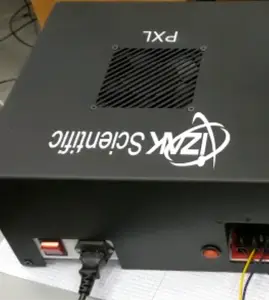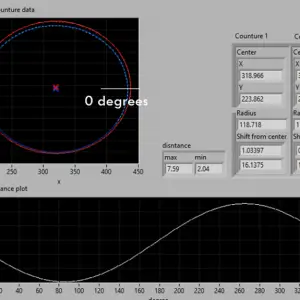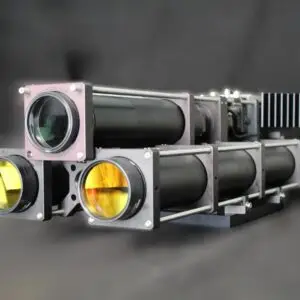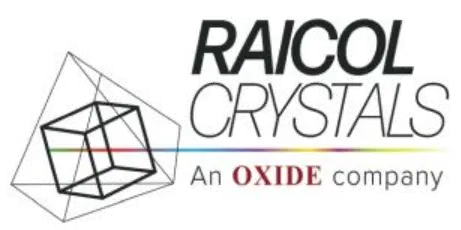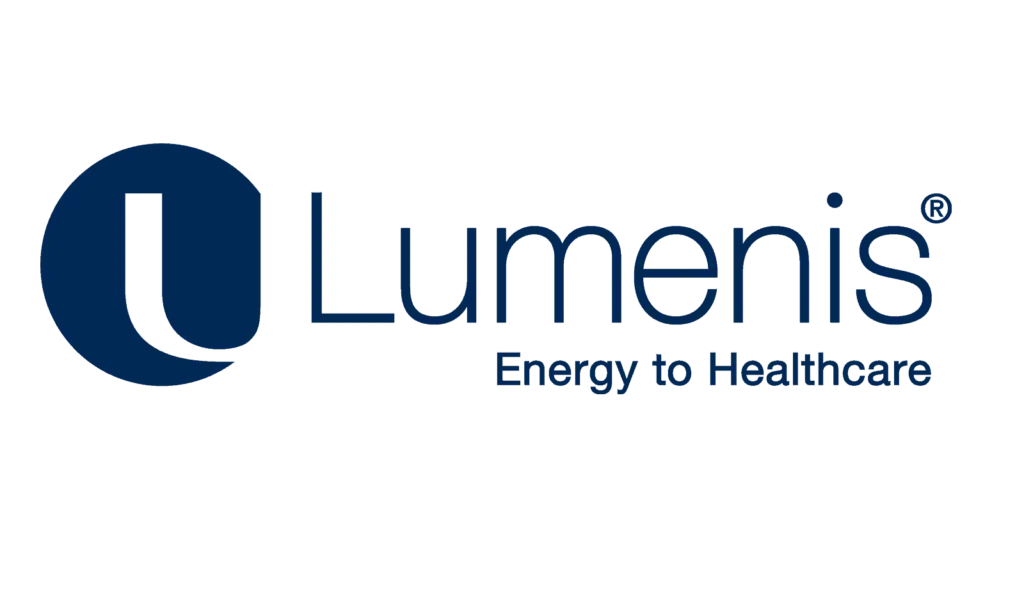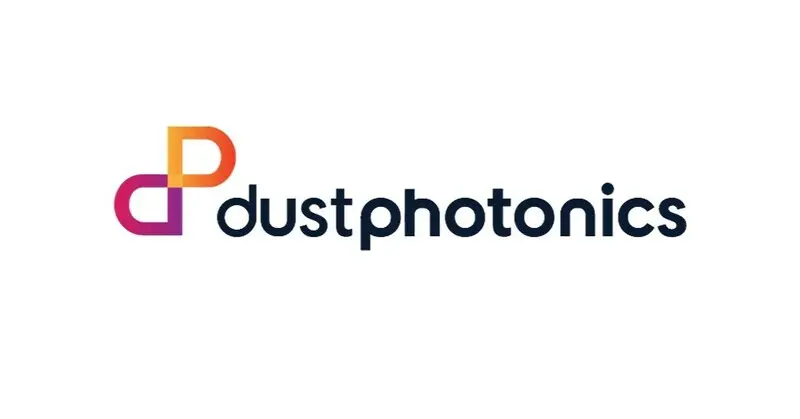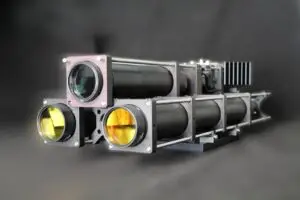Introduction
Light Emitting Diodes (LEDs) are at the forefront of lighting technology, noted for their efficiency and long lifespan. Utilized in diverse applications from home lighting to sophisticated medical instruments, LEDs leverage advanced semiconductor physics to achieve superior performance. This article provides an in-depth look at the semiconductor technology behind LEDs, their operational principles, key properties, and extensive applications.
1. Semiconductors: The Foundation of LEDs
Semiconductors are materials with electrical conductivity between that of a conductor and an insulator. They are the backbone of LED technology and their properties are crucial in determining LED performance.
– Band Theory and Periodic Potentials:
Crystalline Structure: Semiconductors have a crystalline structure, with atoms arranged in a periodic lattice. Electrons in these materials are subject to periodic potentials due to the periodic arrangement of atoms.
Bloch’s Theorem: According to Bloch’s theorem, electrons in a periodic potential behave as if they are free but with a modified effective mass and energy that is periodic in the reciprocal lattice. This concept explains the band structure of semiconductors, crucial for understanding their electronic properties [1].
– Doping and Carrier Concentration:
Doping introduces impurities into the semiconductor to create free carriers—either electrons in n-type or holes in p-type materials. This process modifies the intrinsic electrical properties of the semiconductor, allowing for control over its conductivity and the wavelength of light emitted by LEDs.
2. Electroluminescence: How LEDs Work
LEDs utilize the principle of electroluminescence to emit light, a process where materials emit photons in response to an electric current.
– Electron-Hole Recombination:
p-n Junction: An LED comprises a p-n junction, where p-type and n-type materials meet. When forward biased, electrons and holes recombine at the junction, releasing energy in the form of light.
Photon Emission: The energy of the emitted photon corresponds to the band gap of the semiconductor and is given by 𝐸 = ℎ𝜈 [2], where
ℎ is Planck’s constant and
𝜈 is the frequency of the emitted light
3. Properties of LEDs:
LEDs are characterized by unique electrical and optical
properties which are pivotal for their functionality.
– Electrical Properties:
Forward Voltage (𝑉𝑓):
Typically, LEDs require a forward voltage of about 1.8 to 3.3 volts to begin
emitting light.
Current Characteristics: The light output is directly
proportional to the current, described by
𝐼0(eV/Vt – 1)
Where 𝑉𝑡 is
the thermal voltage [3]
– Optical Properties:
Wavelength/Color: The color of the light, defined by
the wavelength, is determined by the semiconductor material’s band gap.
Intensity and Efficiency: Efficiency is often
expressed as lumens per watt, indicating the amount of visible light produced
per unit of electrical power consumed.
– Temperature Effects:
Temperature plays a significant role in the performance of
LEDs, affecting their efficiency, color, and longevity.
Band Gap Narrowing: As temperature increases, the
semiconductor’s band gap decreases, which can shift the color of the emitted
light and affect the efficiency of the LED.
Carrier Density: Temperature also impacts carrier density and mobility, influencing the LED’s voltage-current characteristics and overall performance [3].
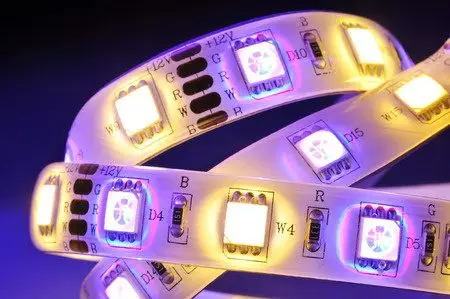
Beam Geometry and Spectral Distribution
The emission pattern and spectral characteristics of LEDs are critical for their application in technology and industry.
Beam Geometry: Typically exhibiting a Lambertian emission pattern, LEDs can be engineered with optics to modify this distribution for specific applications.
Spectral Distribution: The LED’s spectral output shows how intensity varies with wavelength, crucial for applications requiring specific color qualities.
5. Applications of LEDs
LEDs’ adaptability makes them invaluable across various sectors.
General Lighting and Beyond: Dominating lighting applications, LEDs are also integral in automotive, signalling, and medical technologies, among others.
Conclusion
LEDs epitomize the successful application of advanced semiconductor physics in practical, everyday technology. Their continued development and integration into new applications promise even greater efficiency and versatility in the future.
References
[1] Kittel, C. (2005). Introduction to Solid State Physics. John Wiley & Sons.
[2] Holonyak, N., & Bevacqua, S. F. (1962). “Coherent (Visible) Light Emission from Ga(As1-xPx) Junctions”. Applied Physics Letters.
[3] Pankove, J. I. (1971). Optical Processes in Semiconductors. Dover Publications.
Tzachi Sabati
CEO, IZAK Scientific
Physicist specializing in photonics and quantum technologies, with deep expertise in quantum sensors and advanced optical systems. Leads the Advanced Quantum Lab course at the Technion, bridging academic excellence with industry innovation. At IZAK Scientific, provides cutting-edge photonics-based solutions, developing customized inspection and sensing systems for R&D and production. Passionate about advancing quantum sensing applications and integrating novel technologies to meet industry needs.

